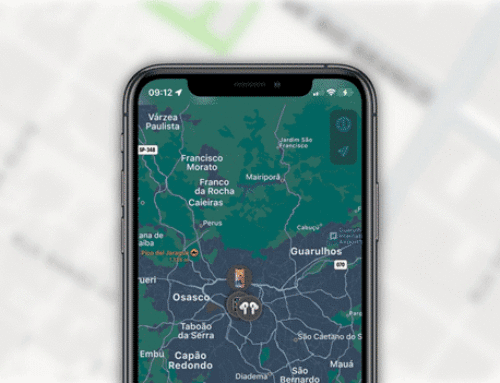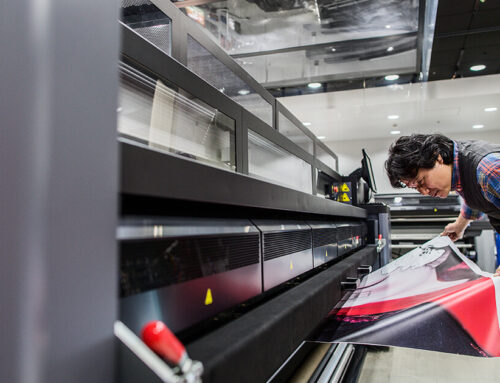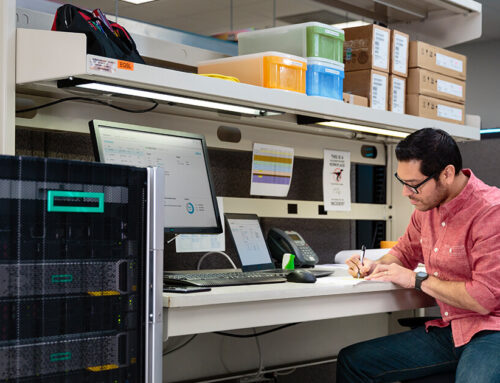Have you ever had one of those moments in your life when you have exclaimed – “where has this been all my life!”? A few months ago, I had an issue with my cable service. I was completely expecting to have to take time off of work and be at home for the window between 1pm – 6pm and be the last stop after a long day only to find out that “that” part is out of stock. We’ve all been there. I can hear the collective groan as you read this. But this story has a twist.
When I called my cable company about the issue, an automated voice on the phone listened as I described my issue and then gave me a gift from the technology gods – remote update. Slightly skeptical but ever hopeful, I let cable voice know that yes, yes indeed, I do authorize the remote update and will expect the box to re-boot and be available in 5-10 minutes. Imagine my delight that in about 8 minutes my system was back to normal operation. My old process of taking time away from work, spending unproductive hours while I waited for the service person to arrive unequipped to deal with my situation was turned upside down with automation, system awareness and control. The Game of Thrones tragedy of 2018 was averted, and I was a delighted customer.
This is how I think you will feel when you experience HPE Composable Fabric for the first time in your data center. You are going to wonder where this technology has been all of your life and why you have been suffering with unmet SLAs, congested network paths, high-cost upgrades and complicated, manual network configuration and management. You see, legacy networks were not designed to handle big data, scale-out applications or hyperconvergence. HPE Composable Fabric is designed to enable the true private cloud and is the result of HPE’s recent acquisition of Plexxi. (Find out more about that in Ric Lewis’ blog).
HPE Composable Fabric delivers a software-defined networking fabric purpose-built for workload-driven performance and scale. The benefits are tangible:
- Agility and Scale: Super charge DevOps velocity and application time-to-value. Pool networking resources and provision as needed in real-time. Incrementally scale within a rack, between racks and across data centers without disrupting operations.
- Adaptability and Performance: Serve your applications better. Express your intent and let the intelligent fabric do the work. Define and automate affinities and desired workload behavior. Isolate critical workloads to ensure exclusive path access. Discover and auto-configure server nodes.
- Visibility and Control: Integrate the fabric with applications at the API level. Harvest and self-document configuration details. View the infrastructure in its entirety, end-to-end. Manage, provision and implement traffic from a single pane of glass.
The challenges of operational efficiency and agility are not going away anytime soon. There is a better way and I’m confident that HPE Composable Fabric will reveal new efficiencies and opportunities to innovate.
Stay tuned as HPE introduces more about Composable Fabric in the weeks ahead, including how global companies are reaping the benefits of this technology. In the meantime, learn more about composable fabric on the HPE Composable Fabric website here.
Destination url: http://hpe.to/6009ED31W








